As with many roles within the filmmaking industry, a tried and proven method of acquiring professional work as a casting director is to prove your worth with a strong portfolio.
Students at film school will naturally get the opportunity to build one over time through the course of their studies. If you’re just starting out, the most effective way to do this is by taking ownership of casting duties on your own film production.
To keep you on the right track, here’s a useful checklist covering the process from start to finish. Presenting:
The Casting Director’s Checklist
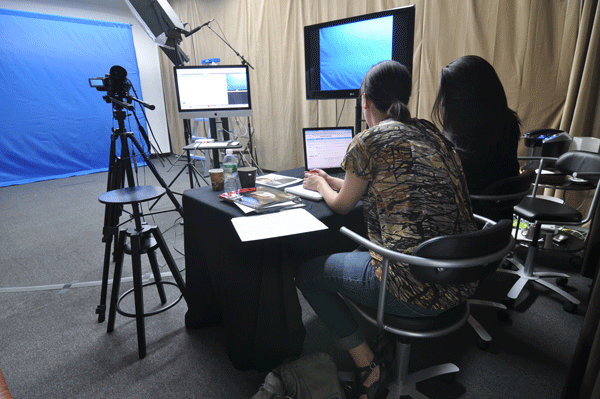
1. Create a Casting Plan
For the purposes of the checklist, we’re going to assume you’ve already got a screenplay to work with. If it’s your own work, you’ll know better than anyone how the characters look in your mind’s eye and who will be suitable to portray them in the real world; if not, sit down with the screenwriter and draw up casting profiles for each of the lead roles. The profiles should include:
- Age range (can be extremely variable depending on the project)
- Gender
- Ethnicity
- Height and weight
- Distinctive characteristics (unusual hairstyles, tattoos, etc.)
- Special skills (such as dancing, singing or the ability to perform stunts)
It should be noted that, at this stage, you only need to focus on the leading roles. More often than not, actors for the smaller parts are selected from those who auditioned for larger parts but, for whatever reason, weren’t successful for those roles.
2. Repackage it for the Actors
The character profiles are to help all team members involved in the casting process figure out what kind of actors you’re looking for, but they’ll need some embellishment for those on the talent side.
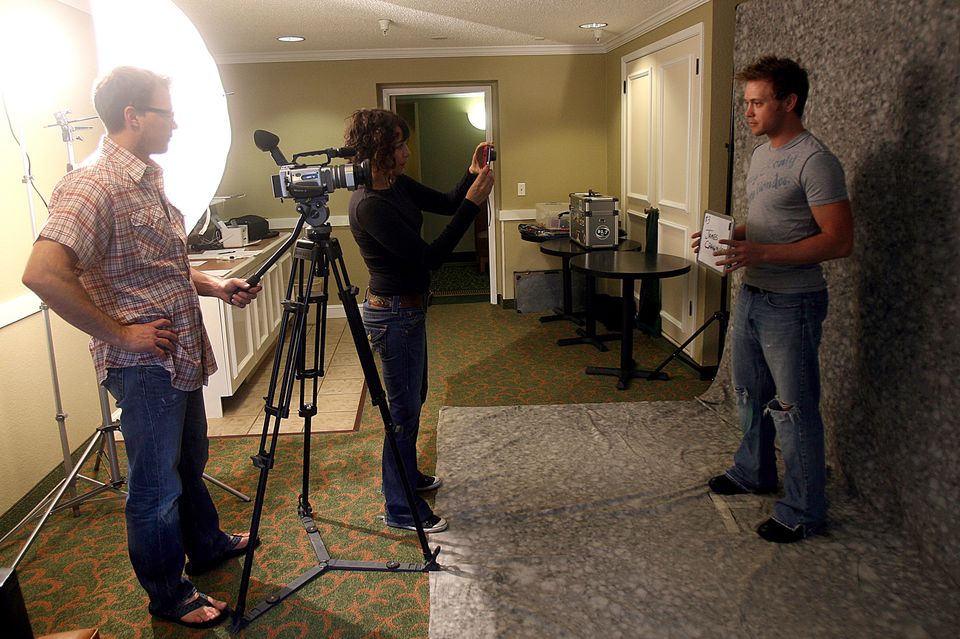
You’ll want to keep your character breakdowns short and snappy, with a few choice adjectives to help give the actor an insight into the character (and help them figure out if they’re suitable for the part).
Character Breakdown Formula:
CHARACTER FORENAME / GENDER / AGE RANGE / ETHNICITY (if applicable) / One line character description. Special skills required, if any.
Character Breakdown Example:
Moira – FEMALE. 40-50. White. Moira is a strict and intimidating Irish school headmistress who hides her alcohol addiction from her students. Must be able to sing.
3. Put Out the Casting Call
Once you’ve got your character breakdowns all set, you’ll need to get them in front of the eyes of prospective actors. Consider posting to a number (or all) of the following best places to post casting notices:
Mandy.com
Breakdown Express
Backstage
Now Casting
Casting Networks
Actors Access
Casting360
New Faces
Actor Street
Some require registration and not all are free (at least for the more premium versions of the service), but even the local portals of Craigslist can yield some great talent.
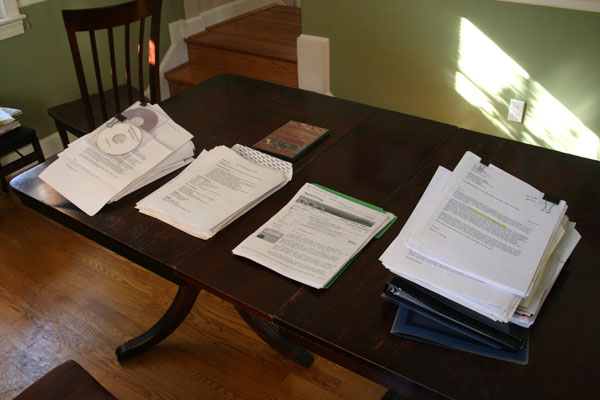
Bear in mind that you’ll probably get an influx of emails from actors; keep your personal account from being swamped by setting up a free Gmail account (or similar) which can be used as a dedicated inbox for the project.
4. Set The Stage
When the acting portfolios start rolling in, you’ll need to organize an audition day; this is the part which will test your casting director and organizational skills to the extreme.
First of all, you’ll need to book a space in which to host auditions. We’ve previously covered a list of places to start your search, but bear in mind that you’ll ideally need:
- A large room in which to host the auditions themselves, with tables and seating for the casting team
- Space outside of this room, with seating, where the talent can wait (especially if things are running late)
- Basic catering facilities to make tea, coffee and lunch for particularly long audition days
- A function space that comes with its own security personnel or buzzer entrance system is beneficial
- Some sort of registration desk where a team member can greet actors as they arrive
With an audition space secured, email (or call) all parties interested in auditioning with the location, precise time they’re expected and anything they’ll require on the day (such as identification or their ‘side’ – a copy of the scene they’ll be performing if you choose to send them one ahead of time).
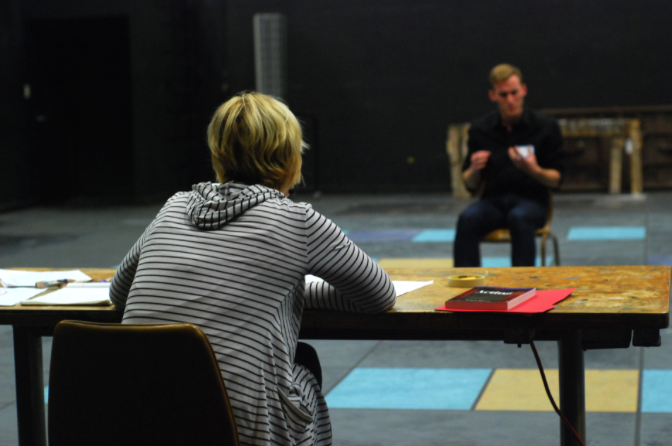
Top Tip: Don’t rely on written notes to keep track of the day’s schedule and who’s expected to show up, and when; set up an online spreadsheet which all casting members can access and edit.
5. On the Day
Needless to say, you’ll want to arrive at the space early to get all set up. You’ll want to bring:
- An overview of the day’s running order’
- A list of the actors’ names (with copies to give to security/receptionist staff)
- A stack of every actor’s resume, aligned with sections of the script you’d like them to read
- A standard form for actors to fill out on arrival to gather contact info, agent details and any other information relevant to the project.
- Recording equipment so you can view back the auditions later (you’ll need permission from the actors before you record them; this can simply be a tick box on the aforementioned registration form.)
While the casting director is in charge of calling the shots here, input from the director and other production members is highly important given that they’re the ones who will ultimately be working with the talent. Make sure you allow for enough time in between auditions to review the performance and actor with the team; this will also counteract the ‘sea of faces’ effect that is common with a packed audition day, making it hard to recall individual actors at the end.
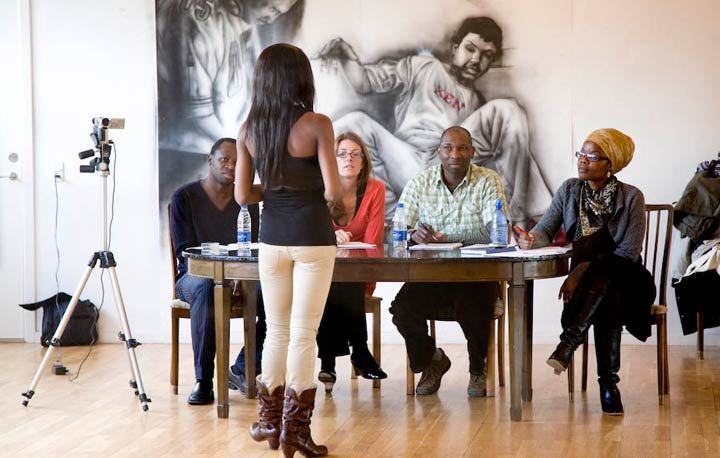
If you’ve followed the Casting Director’s Checklist, you’ll find yourself in the best position to make the right casting choices for your film. Two final golden rules to bear in mind:
– NEVER make a snap decision when casting; take your time to consider each actor thoroughly, even if that takes days or weeks.
– A follow-up call confirming time and location 24 hours before the audition can help combat no-shows, but on a given project, expect only around 50% of all people who initially expressed interest to turn up. It’s a sad fact of life, but don’t be tempted to squeeze auditions together in an attempt to reduce downtime caused by people missing slots.
Best of luck!